The impending release of Web3 is crucial to blockchain and crypto traders as a whole. What is it and how to optimize the opportunity from this anticipation?
Looking at the greatest achievements of human beings, the internet has to be in the upper echelon which gives it an indelible place in our history. Ever since its inception, it has continued to grow with constant improvements being made. So far, the technology of the internet has been implemented in two stages namely Web1 and Web2. The third stage, Web3, is still in the developmental stage but it is getting closer to full implementation as snippets of it can already be seen in blockchain technology and other related applications.
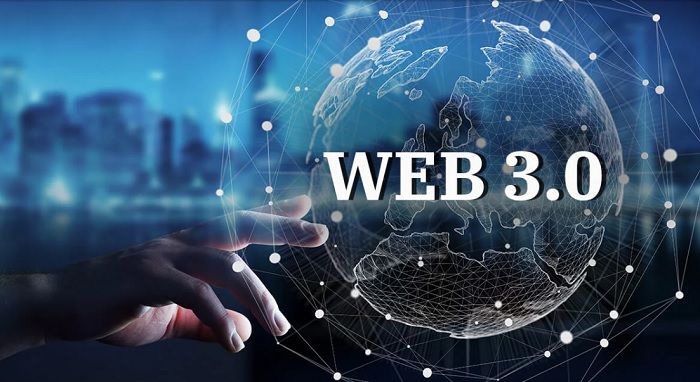
Imagine a new version of the internet that not only precisely interprets the information a person inputs but also displays an understanding of everything being conveyed whether it is via voice, text, or other media. Its structure will be designed in a way that the content is regularly made available for consumption that is tailored to fit what people want even more than before. In other words, the world is at the precipice of a new phase in the evolution of the internet.
Before we go into the core definition of Web3 and what it represents in the future of the internet, let's examine the history of the internet and its development.
Table of Contents
History of Web Development
The development and adoption of the web are in three stages, and this section of the article will be examining the first two stages. The two stages can be viewed this way: Web 1.0 as the brain and eyes or more aptly put as the read-only web, while Web 2.0 is seen as the brain, eyes, voice, ears, and heart or more aptly put as read and write-only web. Web3 would be then seen as the brain, eyes, ears, voice, heart, arms, and legs to enable users to read, write, and execute.
Web1
Web1 mostly featured content consumers that accessed the websites mainly comprising text and images. It existed between the 1990s and 2000s with the purpose of providing information but no interaction. It is also known as the static web and it was quite reliable in the 1990s despite having limited information as well as minimal user interaction.
Web1 did not feature the creation of user pages and neither did it allow users to comment on articles. There were no algorithms to sift internet pages which made it very difficult for people to locate relevant information. Content creation was limited to a few with information mostly coming from directories.
Web2
This is known as the social web and it made the internet more interactive due to advancements in web technologies such as HTML5, CSS3, JavaScript, etc. It allowed startups to develop interactive web platforms such as Facebook, Wikipedia, YouTube, and so much more.
This phase of the web opened the door to social networks and the production of user-generated content which both flourished due to the distribution and data sharing among several platforms and applications. It also enabled the monetization of applications in which a firm builds a platform and then registers as many users as possible before eventually monetizing the application.
What is Web3?
This is the upcoming third generation of the internet that will enable websites and applications to process information in a sophisticated human-like way via technologies such as Big Data, decentralized ledger technology (DLT), machine learning (ML), etc. This latest version aims to make the internet more open, intelligent, and autonomous.
Web3 will enable the interconnection of data in a decentralized manner which will be a gigantic step forward considering the current phase of the internet (Web2) that mainly stores data in centralized repositories. Also, this next phase of the internet will allow users and machines to interact with data through the development of programs that understand information regarding both concept and context. Therefore, two of the integral parts of Web3 will be artificial intelligence (AI) and the semantic web.
The power of AI systems will enable the internet to process information with near-human-like intelligence by running smart programs that will provide assistance to users. The semantic web is designed to interface automatically with people, systems, and home devices. This will allow content creation and decision-making processes to include both machines and humans thus enabling the intelligent creation and distribution of content that is highly tailored directly to meet the needs of every internet user.
Web3 will provide users with greater control over their data while simultaneously offering additional security since decentralized networks do not have central points of failure. Also, because it is based on blockchain technology, it means there's no need for middlemen hence increasing the network's efficiency.
One basic example of how Web3 can be implemented is seen in Brave Browser which is different from Chrome and other centralized browsers. It refuses to monitor users while simultaneously blocking advertisements automatically. Users can choose to share their data and if they do so, usually to engage with advertisers, they gain rewards in the form of Basic Attention Tokens (BAT).
Crucial Features of Web3
To get an understanding of this imminent phase of the internet, we need to examine the four crucial features of Web3 which are:
Artificial Intelligence
This is simply defined as the intelligence displayed by machines and since the protocols in Web3 will be able to read and decode the meaning and emotions behind a collection of data, it will lead to the development of intelligent machines. While Web2 displays similar features, it is still mostly based on human input which paves the way for unwholesome behaviors like rigged ratings, biased product reviews, proliferations of misinformation, etc.
See Also:
For example, online review platforms such as Trustpilot offers consumers a means of reviewing a specific product or service. But a company can decide to capitalize on this by gathering a sizeable group of people and paying them to post positive reviews about its products and services. This is where the AI comes in. The technology could learn how to differentiate between the fake and the genuine so that reliable data can be made available.
The AI system is already in play with Google using it to recently eliminate some negative reviews about an app that were only there for manipulative purposes. It is bound to fit seamlessly with Web3 and allow blogs and other online platforms to sort data which is then tailored to the preferences of each user. As the AI system continues to advance, it will eventually be able to offer the best filtered and unbiased data to users.
Ubiquity
Ubiquity refers to the capacity to be everywhere, particularly at the same time. While this is already present in Web2, it is taken up a notch in Web3 by ensuring the internet can be accessed by anyone from anywhere at any time. Eventually, it will get to a point where devices capable of connecting to the internet will no more be limited to computers and smartphones/tablets like in Web2. As a matter of fact, Web3 will be utilizing IoT (Internet of Things) technology which will bring about a myriad of new kinds of smart devices.
Semantic Web
Semantic is defined as the study of the relationship between words. The Semantic Web will be enabling computers to analyze a lot of data from the internet including content, transactions, and links between users. This will then make it possible for machines to decipher the meaning and emotions behind each data.
3D Graphics
Web3 is also being referred to as Spatial Web because it intends to shrink the gap between the physical and the digital by revolutionizing graphics technology. In time, it will lead to three-dimensional (3D) worlds being brought into clear focus.
3D graphics are different from their 2D counterparts because they take immersion to a whole new level not only in futuristic game apps but also in other industries like health, e-commerce, real estate, and so much more.
Web3, Blockchain, and Cryptocurrency
Given that Web3 networks will be operating via decentralized protocols which are what blockchain and cryptocurrency technology are built on, it means there is a likelihood that a strong convergence and beneficial relationship will emerge among these three technologies and other fields.
They will be interoperable along with seamless integration; they will also feature automation via smart contracts and function as a means of powering activities such as microtransactions, censorship-resistant P2P storage of data files, and sharing with apps such as Filecoin to totally change the manner of conduct and operations employed by each company for their businesses. The current myriad of DeFi protocols is merely a sign of things to come.
The Importance of Cryptocurrency to Web3
Web 2.0 introduced the monetization strategy of third parties selling data. In Web3, it is different because it offers cryptocurrencies as rewards to participants like developers or creators of decentralized applications (dApps) for their services. This ensures that a decentralized network is secure and stable. Moreover, users are offered informed consent by Web3 about the sale of their data, and the profits accrued from this sale are given back to users via the site's corresponding coin.
Applications from Web3 can offer several categories of services such as bandwidth, storage of data, as well as identity and hosting. The people in charge of providing maintenance and improvements to these decentralized services are expected to get rewards for their work. This is why the adoption of crypto forms a core part of Web3.
Furthermore, the implementation of cross-border payments is more effective with cryptocurrencies than with traditional payment channels. Blockchains that focus on Decentralized finance (DeFi) such as Solana are popular for quick payments and staking mechanisms that bridge the gap between participants.
What Web3 Means for Traders
Now that the role of cryptocurrencies is playing in Web3 is clear, it might be a good idea for traders to make investments in some of the innovative projects that will position them to benefit from Web3 both now and in the future. Some cryptocurrencies that are contributing to the building of Web3 include Uniswap, Filecoin, and Polkadot.
There are many exchanges that offer traders the chance to purchase the tokens of the cryptocurrencies involved in building Web3. But among them, eToro and Coinbase are prominent due to their peculiar attributes. These peculiar attributes include Coinbase running a program known as Coinbase Learn that allows users to earn free crypto just by watching short educational videos that focus on blockchain technology. Meanwhile, eToro has a copy trading feature that enables users to copy the trades of fellow traders on the platform.
eToro established in early 2007, with a mission to make trading accessible to anyone, anywhere, and reduce dependency on traditional financial institutions. The company has head offices in the United Kingdom, Cyprus, USA, and Australia.
eToro (Europe) Ltd operates as a Financial Services Company authorized and regulated by the Cyprus Securities Exchange Commission (CySEC) under license no. #109/10. Meanwhile, eToro (UK) Ltd is authorized and regulated by the Financial Conduct Authority (FCA) under the license FRN 583263.
As for eToro AUS Capital Pty Ltd, the legal standing is acknowledged by the Australian Securities and Investments Commission (ASIC) to provide financial services under Australian Financial Services License 491139.
A broker that belongs to the 4-digit type, eToro offers both short-term options for day traders and long-term options for investors, such as their innovative Smart Portfolios, a fully managed thematic portfolio.
Since 2007, eToro has been at the forefront of the Fintech revolution. The most recent was launched in 2017, which is Smart Portfolios powered by Machine learning Al. Beyond developing Smart Portfolios, the company integrated Microsoft's machine learning technology into Momentum DD.
The new Smart Portfolios investment strategy uses artificial intelligence to find the steadiest traders who are most likely to generate a double-digit return and bundle traders into one fully-managed portfolio. eToro has hundreds of financial assets for trading across several categories including stocks, commodities, crypto assets, currencies, indices, and ETFs. Each asset class has characteristics and can be traded using a variety of investment strategies.
Some positions on eToro involve ownership of underlying assets, such as non-leveraged positions on stocks and cryptos. Employing CFDs will enable a variety of options, such as leveraged trades, short (sell) positions, fractional ownership, and more. For example, traders can invest as little as USD100 in gold, even if a single unit of gold cost USD1,000. Some of eToro's most popular CFD commodities include gold, oil, natural gas, silver, and platinum.
Currencies are traded on eToro only as CFDs. Also, CFDs enable Sell (short) positions and leveraged trade, even for assets that don't offer the option in traditional trading. Some of the popular currencies include EUR/USD, GBP/USD, AUD/USD, USD/JPY, and USD/CAD.
Furthermore, An Exchange-Traded Fund (ETF) is a financial instrument comprising several assets grouped to serve as one tradable fund. After opening an account in eToro, traders can invest as little as USD250 in an ETF that costs USD500. Some of the popular ETFs on eToro include SPY, VXXB, TLT, and HMMJ.
However, eToro also offers additional functions using CFD trading. All leveraged ETF positions in the UK are under FCA regulations. Meanwhile, all CFD positions executed by eToro Australia are under ASIC regulations.
The company has other advantages. In all financial assets that can be traded, eToro does not charge any deposit or trading frees other than spreads.
eToro charges a USD25 fee for withdrawals and the minimum withdrawal amount is USD50. Long (Buy), non-leveraged crypto, stock, and ETF positions are not executed as CFDs and do not incur any fees. eToro does charge overnight or weekend fees for CFDs positions, such as leveraged positions and short (sell) orders.
Fee updates always apply to open positions. Fees are subject to change at any given time and could change daily, without prior notice, depending on market conditions.
As a beginner, trader can use CopyTrading eToro. Different from the features of other brokers, traders can copy the strategies of professional traders without fee or profit-sharing. Therefore, 100% profit is fully owned by traders. For example, while trader A who is copied by trader B, produces a profit of 10% this month, then trader B also gets a profit of 10%.
The company is the world's leading social trading network. Since eToro operates in complete transparency, each trader has valuable information on their eToro profiles, so other traders that are interested to copy their trades can have assistance in creating their best portfolios.
Another feature that is unique to eToro is the personalized, social News Feed. Just like on any social media, traders can post their updates on feed, comment on other's posts, and gradually create a feed that is tailor-fitted to trader's trading and investing interests. On eToro social trading platform, traders will also get notifications when a trader writes a new post and many other important updates.
Overall, Web3 will provide more opportunities for traders to make more profits while also offering them security. Since it is still in its early stages, traders in the system can get ahead by making investments that are bound to produce large returns by the time Web3 fully kicks off and becomes more prominent than Web 2.0. Due to the various investment opportunities created by the imminent prominence of Web3, traders can diversify investments to reduce risks and increase their chances of making profits.
Bottom Line
It is undeniable that as human beings, our technology will continue to advance as this has been a constant part of our existence. At this point, the internet is not exempted from this advancement as the impending takeover of the internet by Web3 is bound to offer more features and decentralization.
With its development based on decentralized protocols which are used by blockchain and cryptocurrency as well, it will only lead to a more secure blockchain protocol that is highly scalable and will ignite a whole new level of innovation in the industry to create extensive investment opportunities. This will attract more traders to cryptocurrency and other financial markets since almost everything will be based on this latest generation of the internet.

 Dedicated FREE FOREX VPS
Dedicated FREE FOREX VPS Free FOREX Virtual Private Server
Free FOREX Virtual Private Server MT4 Demo Contest, Get $500
MT4 Demo Contest, Get $500 Sign Up for an Account, Claim 60% Deposit Bonus
Sign Up for an Account, Claim 60% Deposit Bonus Free MT4/MT5 VPS 2024
Free MT4/MT5 VPS 2024 Send E-mail and Get Free Merchandise
Send E-mail and Get Free Merchandise $1K Refer a Friend Bonus for Pepperstone Pro clients
$1K Refer a Friend Bonus for Pepperstone Pro clients Maximize Your Earnings with 100% Deposit bonus
Maximize Your Earnings with 100% Deposit bonus Trade to Win, $5,000 Monthly Demo Contest
Trade to Win, $5,000 Monthly Demo Contest Claim 30% + 15% Deposit Bonus from LiteFinance
Claim 30% + 15% Deposit Bonus from LiteFinance
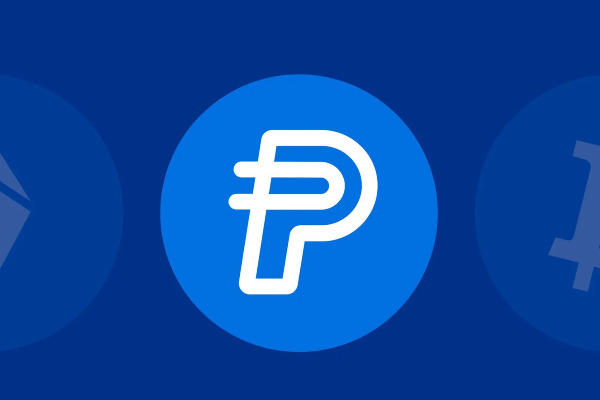
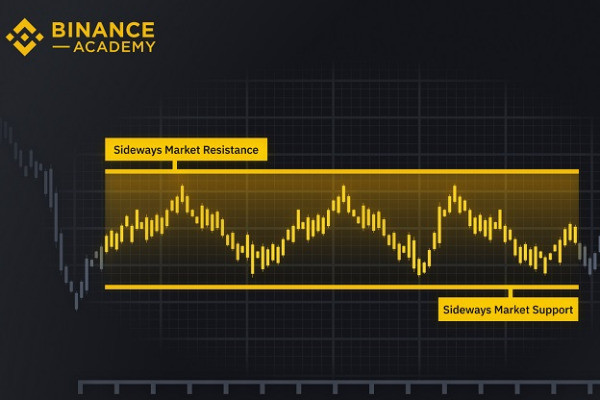
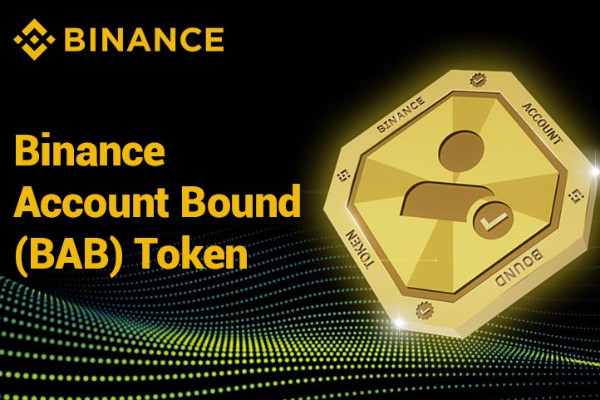
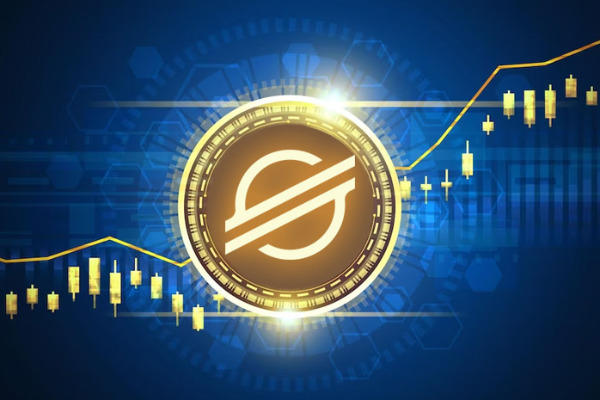
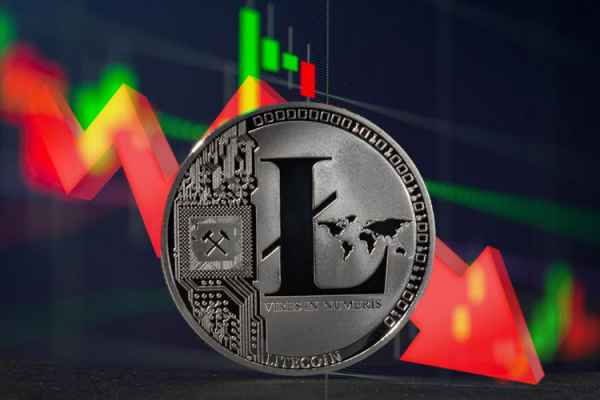

 Bitcoin
Bitcoin Ethereum
Ethereum Tether
Tether BNB
BNB Solana
Solana USDC
USDC XRP
XRP Dogecoin
Dogecoin Toncoin
Toncoin Cardano
Cardano